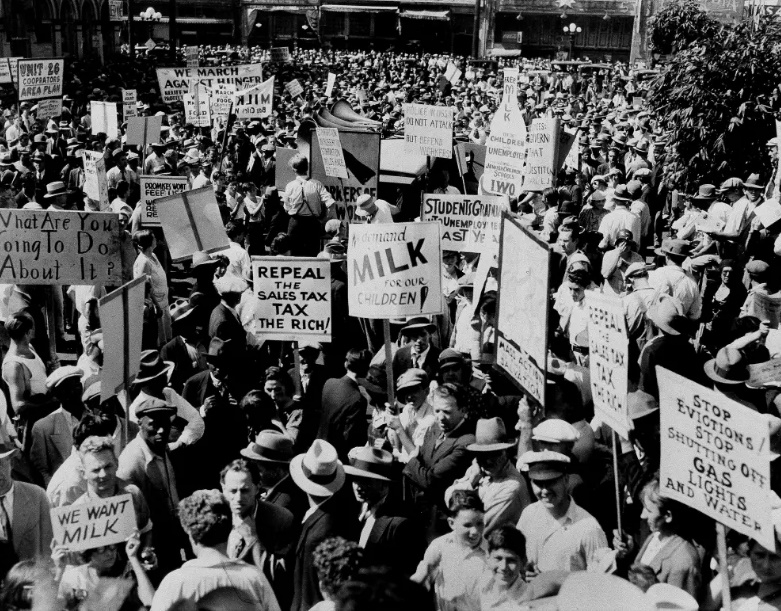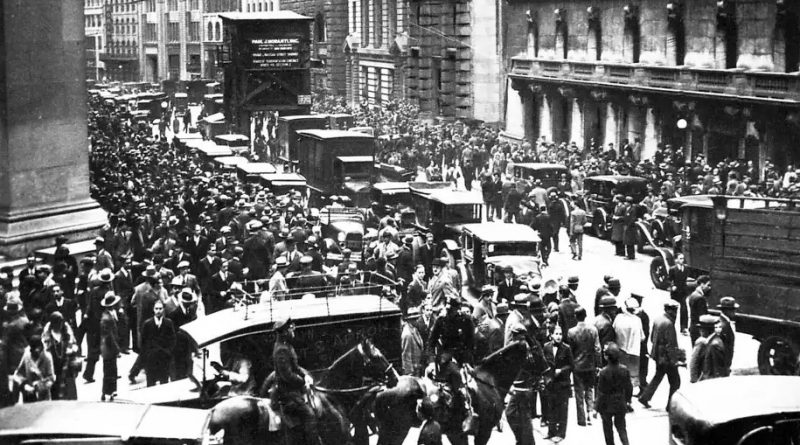The Great Depression hampered the progress of the Harlem Renaissance
Everyone agrees that the beginning of the Great Depression hampered the progress of the Harlem Renaissance. It was a time of economic slump that brought widespread hardship and misery for millions of Americans.
The Great Crisis was a severe worldwide economic depression that lasted from 1929 to 1939 and was precipitated by a significant drop in stock values in the United States. The economic contagion began about September 4, 1929, and became widely recognized on Black Tuesday, the October 29, 1929 stock market catastrophe. The economic shock spread over the world, affecting countries to varying degrees, with the majority of countries experiencing the Great Depression beginning in 1929.
The Great Depression was the twentieth century's longest, deepest, and most extensive crisis, and it is frequently cited as an example of a severe worldwide economic depression.
Cities all throughout the world were heavily damaged, particularly those reliant on heavy industry. Many countries have effectively suspended construction. Crop prices plunged by almost 60%, wreaking havoc on farming towns and rural areas. Areas reliant on primary sector sectors suffered the most as demand fell and job opportunities became scarce.
Economic historians generally believe that the Great Depression was precipitated by the rapid and devastating drop in US stock market prices beginning on October 24, 1929. However, some argue that the stock market crash was a symptom, not a cause, of the Great Depression.
The Great Depression lasted roughly from 1929 to 1941 when the need for war-related materials and supplies produced jobs and boosted the economy significantly. Throughout the 1920s, the U.S. economy was weakened by a number of factors, including many Americans' tendency to spend more money than they earned and rely on credit to buy what they wanted; an uneven distribution of wealth that concentrated the majority of profits earned by large corporations in the hands of a small percentage of the population; and unwise lending practices by American banks.
The African American community in Harlem was devastated by the Great Depression. In only three years, median family income fell from $1,808 in 1929 to $1,019 in 1932, a 43.6 percent decline. Nonetheless, as migrants continued to flow into Harlem, rents remained high. Despite the fact that the number of black professionals increased by 69 percent between 1920 and 1930 (according to Fisk University sociologist Charles S. Johnson's research), those who came of age in the 1930s faced a dismal future as black banks and enterprises failed and educational funds ran out.










